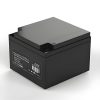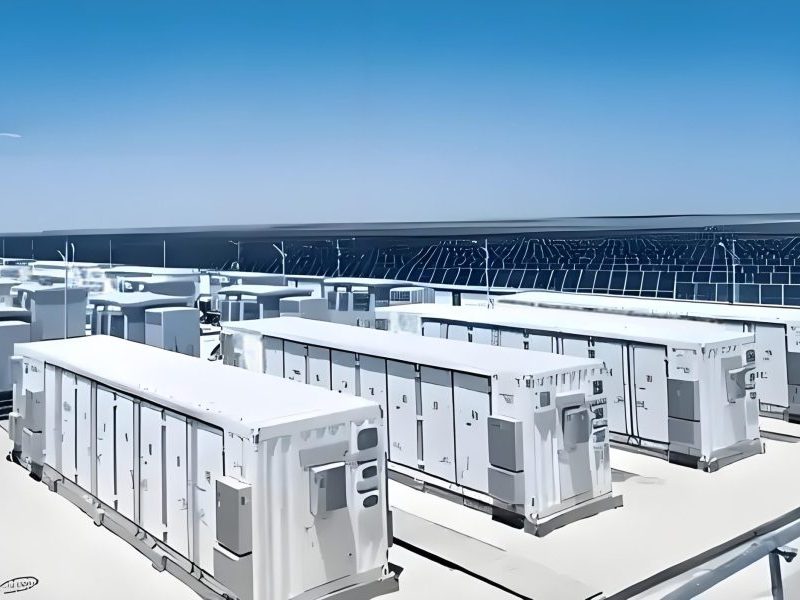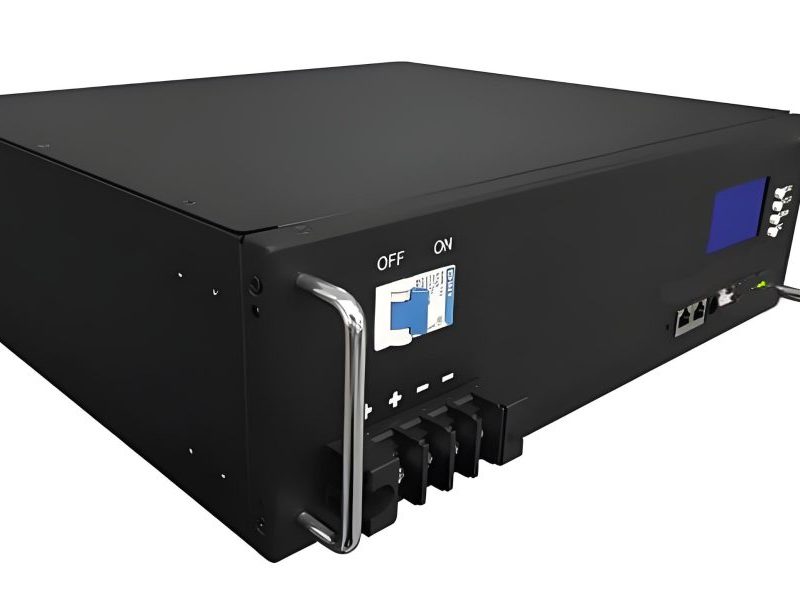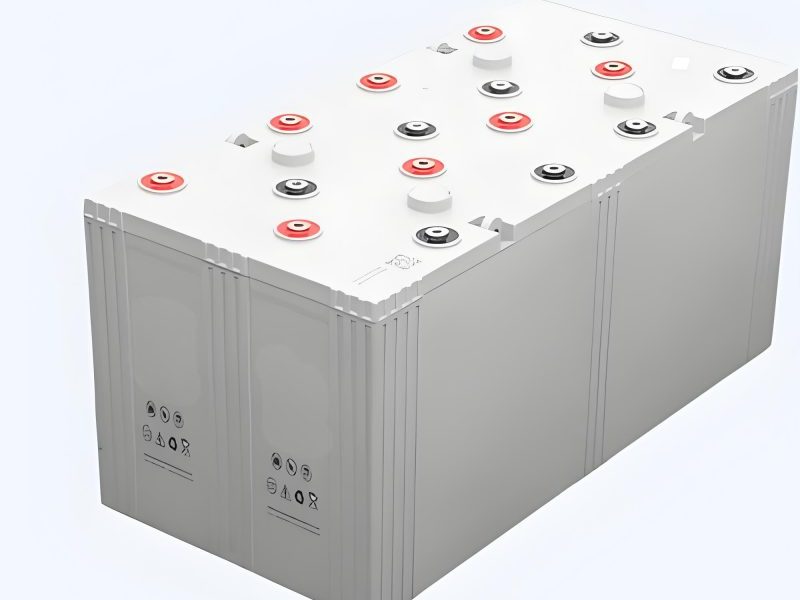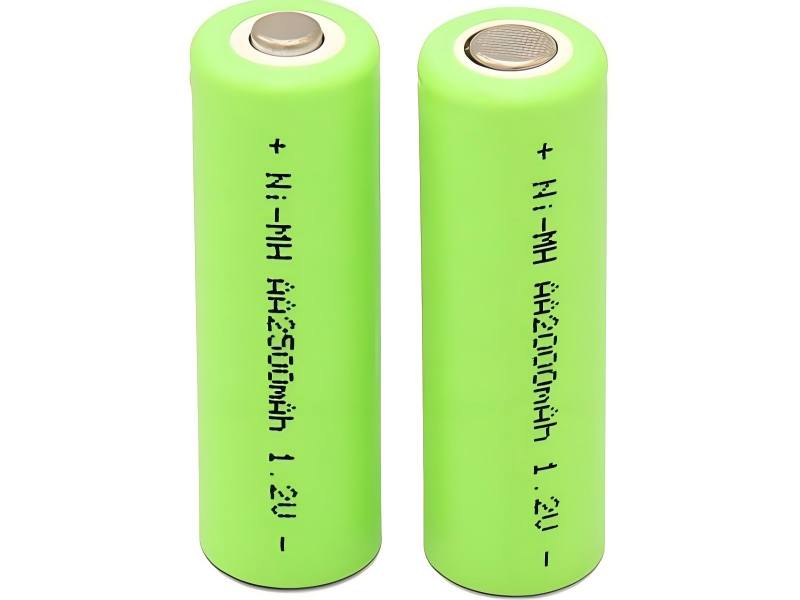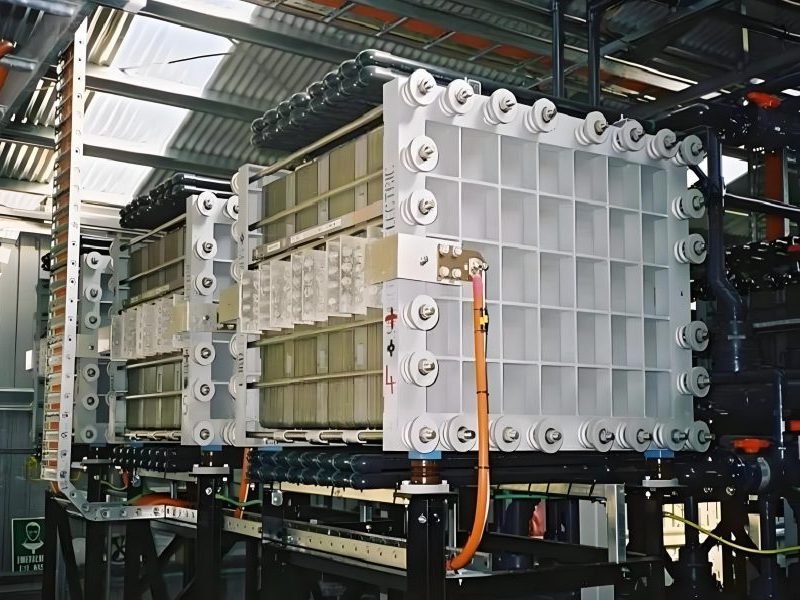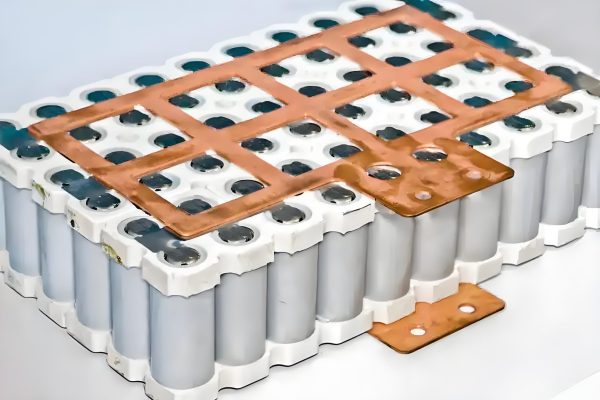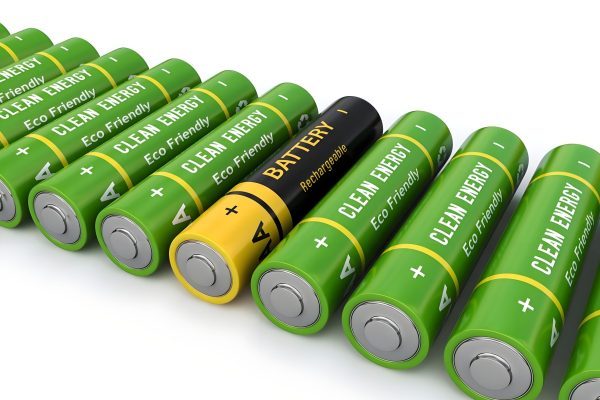Primary Battery Technologies
Disposable batteries designed for single-use applications, providing portable power without the need for recharging.

Alkaline Batteries
Most common primary battery type

Lithium Primary
High energy density applications
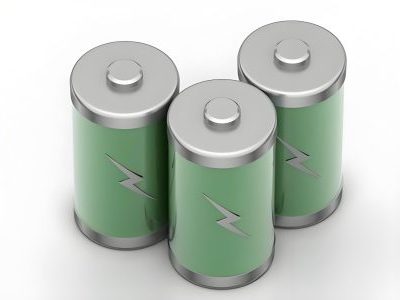
Zinc-Carbon
Economical general use

Button Cells
Small electronic devices
Primary batteries, also known as non-rechargeable batteries, are designed to be used once and then discarded. They convert chemical energy to electrical energy through irreversible chemical reactions, making them unsuitable for recharging. Despite their disposable nature, primary batteries remain essential in many applications where battery storage needs are low or infrequent.battery systems.
The key advantage of primary battery storage is their convenience and long shelf life, often retaining 80% of their capacity for 5-10 years when stored properly. This makes them ideal for devices that are used intermittently or where recharging infrastructure is unavailable.
Common Primary Battery Types
Alkaline Batteries
The most widely used primary batteries, alkaline batteries use zinc and manganese dioxide electrodes with an alkaline electrolyte. They offer better performance than zinc-carbon batteries and are used in toys, remote controls, flashlights, and various household devices. Their popularity stems from their balance of cost, capacity, and shelf life in battery storage applications.
Lithium Primary Batteries
These batteries provide high energy density and excellent performance at extreme temperatures, making them suitable for critical applications like medical devices, military equipment, and long-term monitoring systems. Lithium primary batteries have a very low self-discharge rate, making them ideal for battery storage in devices that are used infrequently.
Zinc-Carbon Batteries
The oldest commercial battery technology still in use, zinc-carbon batteries are economical but have lower capacity and shorter shelf life compared to alkaline options. They are commonly used in low-drain devices like clocks and remote controls where battery storage requirements are minimal.
While rechargeable batteries have displaced primary batteries in many applications, primary battery storage remains indispensable in scenarios where long shelf life, reliability, and simplicity are paramount. Ongoing research continues to improve the energy density and environmental performance of primary batteries, ensuring their continued relevance in the battery storage landscape.
| Battery Type | Typical Applications | Energy Density (Wh/kg) | Shelf Life (Years) |
|---|---|---|---|
| Alkaline | Toys, remote controls, flashlights | 110-150 | 5-7 |
| Lithium Primary | Medical devices, smoke detectors | 280-400 | 10-15 |
| Zinc-Carbon | Clocks, low-drain devices | 60-80 | 2-3 |
| Silver Oxide | Watches, calculators | 150-200 | 3-5 |
